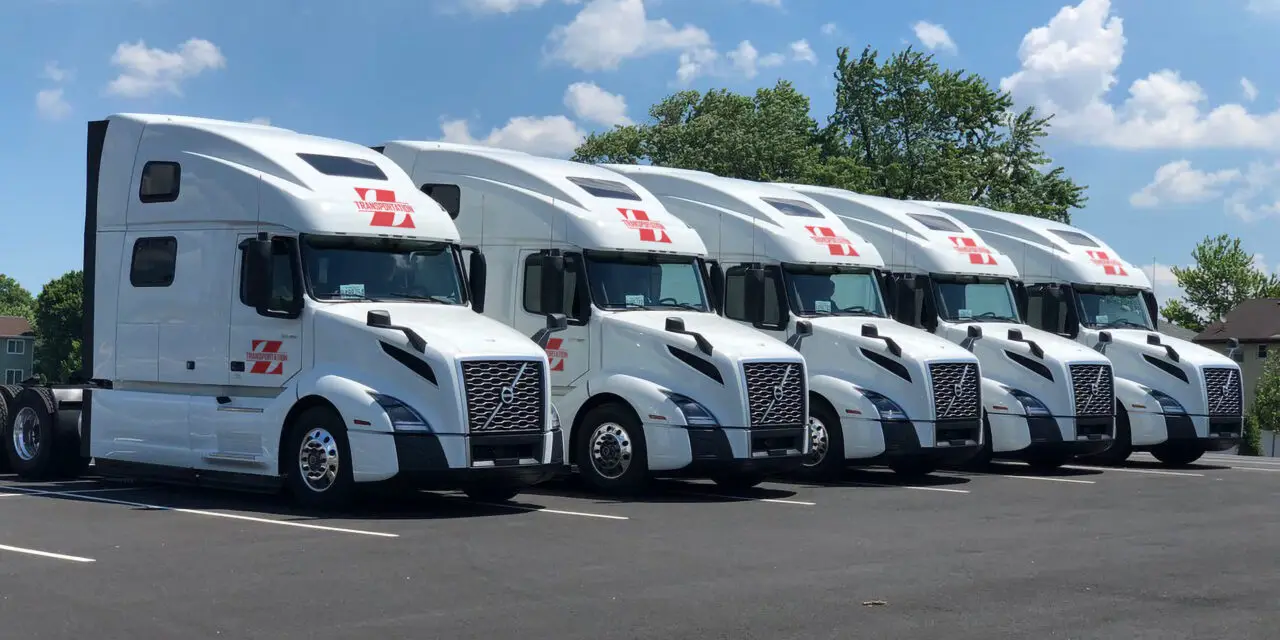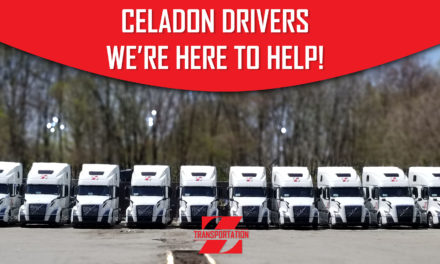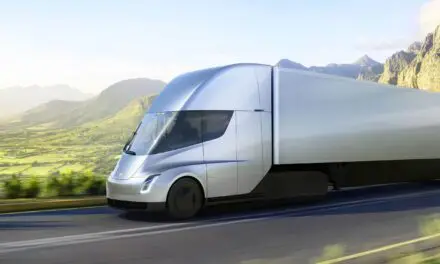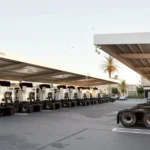In 2018, freight trucks contributed 23% of the greenhouse gas emissions in 2018, and by sector, transportation contributes an overall 28% of those emissions.
Shared truckloads on less than load (LTL) freight, which lets several shippers share space in one full semi-truck, could reduce carbon emissions according to Lu Saenz, VP of Engineering and Product Development at Flock Freight.
Saenz says there’s a huge benefit to adopting the new shared truckload model in the logistics industry.
“With the traditional LTL model, freight zigzags through the outdated hub-and-spoke system and is wasteful in its approach both in the time it takes shipments to arrive on shelves and environmentally, but also because items are constantly getting damaged by being taken on and off trucks along the route,” said Saenz.
In September 2020, Walmart announced it will require its suppliers and their carriers to deliver all orders by their “must-arrive-by” dates 98% of the time or be fined three percent of the cost of the goods.
Your content goes here. Edit or remove this text inline or in the module Content settings. You can also style every aspect of this content in the module Design settings and even apply custom CSS to this text in the module Advanced settings.
Saenz says Flock Freight solves the damage and on-time delivery problems within the LTL industry with data science, machine learning in their logistics planning software.
“This optimal integration of tech into the freight industry is we’ve seen [..] a 65% increase in its shared truckload shipping,” added Saenz.
The machine learning-based product, FlockDirect, pools less-than-truckload freight consisting of a few pallets together to create full truckloads. It optimizes routes by pooling freight heading in the same direction so that trucks only stop at each drop-off, avoiding traditional terminals.
Saenz says to create shared truckloads, their pooling algorithms sifts through an enormous number of possible shipment permutations to find only those which are feasible to execute and economically advantageous for all parties.
“Origin, destination, weight, dimensions, commodity type, scheduling, shipping cost — these are just a handful of the numerous shipping constraints that our technology must account for to propose shared truckload pools that will actually work,” said Saenz.
Saenz says shared truckload shipping negates the need for carbon-intensive terminals. “And, because shared truckload shipments only load and unload once, 99.9% of shipments arrive damage-free, eliminating the environmental harm of remanufacturing and reshipping duplicate goods.”
In August 2020, Flock Freight earned a B Corporation certification. Saenz says this reinforces their commitment to sustainable freight shipping. In 2019, the company reduced CO2 from the LTL industry by 4,335 metric tons. And, for 2020, the company has committed to reducing CO2 by 5,000 metric tons.
Flock Freight raised a total of $70.5M to date with the their latest round B of $50M in early 2020.
In 2018, freight trucks contributed 23% of the greenhouse gas emissions in 2018, and by sector, transportation contributes an overall 28% of those emissions.
Shared truckloads on less than load (LTL) freight, which lets several shippers share space in one full semi-truck, could reduce carbon emissions according to Lu Saenz, VP of Engineering and Product Development at Flock Freight.
Saenz says there’s a huge benefit to adopting the new shared truckload model in the logistics industry.
“With the traditional LTL model, freight zigzags through the outdated hub-and-spoke system and is wasteful in its approach both in the time it takes shipments to arrive on shelves and environmentally, but also because items are constantly getting damaged by being taken on and off trucks along the route,” said Saenz.
In September 2020, Walmart announced it will require its suppliers and their carriers to deliver all orders by their “must-arrive-by” dates 98% of the time or be fined three percent of the cost of the goods.
Your content goes here. Edit or remove this text inline or in the module Content settings. You can also style every aspect of this content in the module Design settings and even apply custom CSS to this text in the module Advanced settings.












